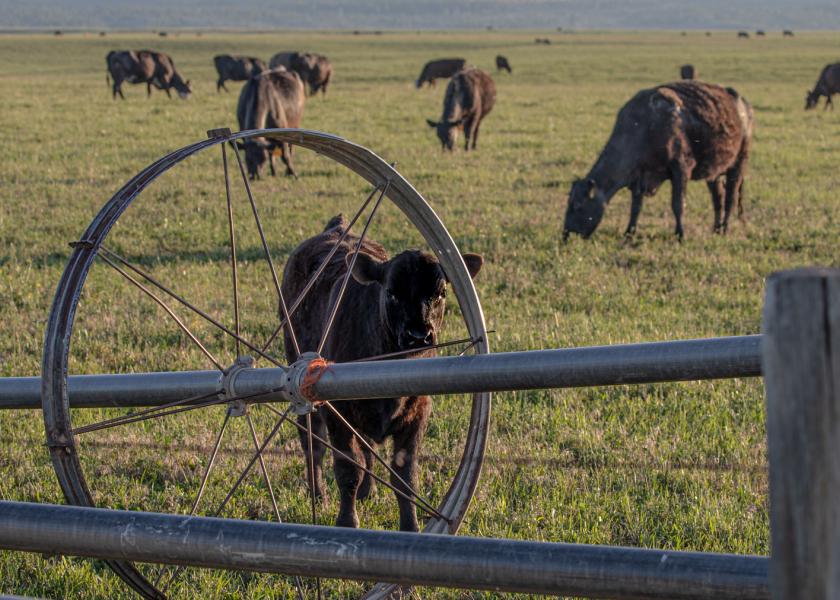Nalivka: USDA’s Efforts to “Fix” the U.S. Food System

USDA just announced “major actions” to “spur competition, protect producers, and reduce costs.” To be sure that USDA gets full credit for their stated intentions, I used quotations. I find this announcement more intimidating to the free market than helpful.
The opportunity for anti-competitive practices in agricultural markets has always existed. And, as markets become increasingly sophisticated to meet the demands of an increasingly sophisticated industry, there is no doubt stronger oversight and actions to prevent anti-competitive practices may be needed. However, my conclusions after reading USDA’s statement is that USDA obviously believes that what I term sophistication in agricultural markets requires greater oversight and involvement or management, if you will, by government. I have a problem with that and I hope ranchers and farmers do, too.
One basic premise of economics is that the economy is defined by human interaction. This premise is fundamental to markets. It’s this constant interaction between buyers and sellers in the domestic and global marketplace that feeds the free market and I emphasize free market. As an economist, I may look at prices, inventory numbers, etc., but those prices and inventory numbers represent human interaction. Predicting markets is analyzing that flow of human interaction and the likely path those interactions will take. When bureaucrats and politicians tell me they are going to “spur competition, protect producers, and reduce costs,” I see a major upheaval in free market activity.
Ask yourself how many times you have seen the perceived problems become even worse after the government steps in to manage. The federal lands often provide a prime example of over-reach and misdirected management. I am not saying that all federal lands management agendas turns into a disaster but certainly, there are plenty of examples when increased regulatory activity was not the answer. I firmly believe that this latest announcement by USDA will fall into the latter category.
I might ask farmers and ranchers how the last 100 years of government oversight and regulations aimed toward a cheap food policy for Americans has worked out. Perhaps, that policy has run its course! Time to replace that policy conceived during FDR with one aimed toward “fairer markets for all producers, ensuring access to safe, healthy and nutritious food in all communities, building new markets and streams of income for farmers, and producers using climate smart food and forestry practices, making historic investments in infrastructure and clean energy capabilities in rural America.”
I propose U.S. agriculture and the food industry think seriously about this latest USDA “fix” before jumping in with both feet!







